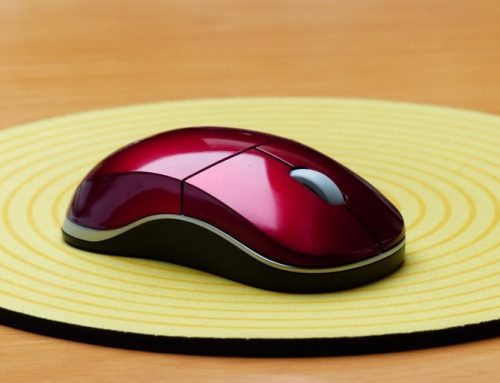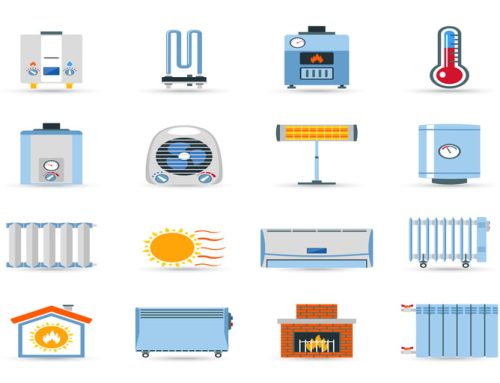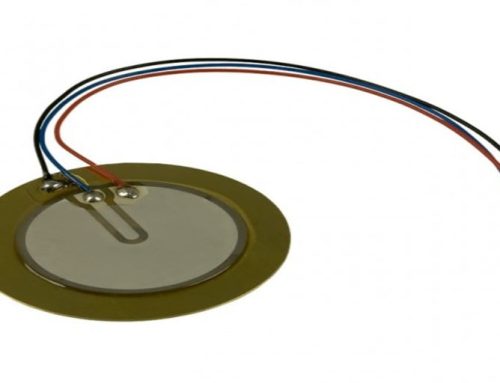
What are Humanoid Robots?
In recent researches, several research groups have started to investigate “Humanoid Robots” from several aspects. A humanoid robot is a robot with its body shape built to resemble the human body. The first humanoid robot was named “Herbert Televox”. It was invented by Roy Wensley in 1927. This model was not able to move like a human being. The P3 (11) by Honda Corporation is a self-contained type humanoid robot. It can fully autonomous walk on moderately irregular terrain. As of now many research groups have made several changes in the machinery and functionality of humanoid robot models. Some of them are very popular like “Sophia”.

Sophia – A popular AI based humanoid robot
Inside Engineering And Working Process:
A Humanoid Robot is a mixture of several technologies like Artificial Intelligence, Machine Learning, Mechanical, Electronics engineering, and much more. You can say that a humanoid robot is a cocktail of different technical fields. What makes humanoid robots unique? That is emotions. Right! By using AI and ML most of the humanoid robots are having emotional behavior. Every human takes a certain posture in their communication. When mankind is happy or upset, cheerfully take a posture in which the activities and behavior showing through body language like moving hands and spreading arms, etc. That’s why; emotion and mental state are closely related to human posture, gestures, facial expression, and more.
Here we are going to focus on some main electronic units of a humanoid robot:
- Sensor
- Motor
- Control unit
Sensor:
A humanoid robot is a robot with a body structure and features similar to that of a human. Three main primitives for a humanoid robot are sensors, planning, and control. These robots are generally having two types of sensors. The first one is proprioceptive sensors to sense the position and the second one is exteroceptive sensors to get data on what is being touched or senses ambiance.
Proprioceptive sensors:
These sensors are responsible to measure values of the internal system (like any machinery or robot); i.e. battery voltage level, motor speed, wheel load, robot arm joint angles, etc. Some of the proprioceptive sensors are described below:
Voltage and Current measurement:
We can measure voltage by using many techniques. Voltage is one of the easiest items in a robot to measure. Its measurement can help let you know the battery voltage or charging level. In the simplest way, an analog to digital converter (ADC) can be used to measure it.
For current in the circuit, there are two ways of measurement:
- The first way by using Hall Effect sensors: This sensor consists thin piece of a rectangular p-type semiconductor material such as gallium arsenide (GaAs) or indium antimonide (InSb) passing a continuous current through itself. When this sensor is placed inside a magnetic field, the magnetic flux lines exert a force on the semiconductor material which deflects the charge carriers, to either side of the semiconductor slab. This deflective motion of charge carriers such as holes or electrons is a result of the magnetic force they experience while passing through the semiconductor slab.
As these charge carriers move sidewards a potential difference is produced between the two sides of the semiconductor slab by the build-up of electrons or holes. Then the movement of the electrons through the semiconductor slab is affected by the presence of the external magnetic field. That effect is known as Hall Effect and these sensors use this principle for current detection.
- The second way is by using a shunt resistor: Here a low-value resistor (few milliohm) use. Bypassing through it you can measure the voltage drop and using ohms law determine the current in the path.
Inclinometer:
This kind of sensor tells the robot if it is tilted and the angle of the tilt. It is also known as a tilt sensor. Basically, it measures the angle of tilt of objects based on gravity in various applications.
Magnetometer:
These sensors are like a digital compass. A magnetometer measures the magnetic field for all three physical axes (x, y, and z) in microtesla. It measures magnetic induction or magnetic field intensity. Often a magnetometer is integrated with inclinometers and they are sold as 3D inclinometers.
Exteroceptive sensors:
This kind of sensor acquires information from the robot’s external environment; i.e. measuring distance, light intensity, sound pitch, and amplitude, etc. So we can say that exteroceptive sensor measurements are interpreted by the robot in order to extract meaningful environmental features or senses. Sensors such as CAMERA, LIDAR, RADAR, Thermal infrared scanner, Touch screens, and much more come under this category.
Motor:
All of us are familiar with motors. It is an electromagnetic device that contains two units. The first one is Rotor and the second one is Stator. There are various types of motors present inside a humanoid robot. Some of them are given below:
Brushless DC Motor (BLDC): A BLDC motor has a rotor with permanent magnets as well as a stator with windings (of insulated copper or aluminum wire). A permanent magnet-type rotor ensures that there are no sparks, which is the biggest merit of the BLDC motor. The construction of this motor is similar to a synchronous motor.
Stepper Motors:
A stepper motor is suitable for robotics applications because its movement compromises discrete steps. These motors are unique because they are not making complete rotation or 360 degrees once. It moves by discrete angle called the steep angle in each step.
Mobility Gear motors:
This is a component of a much larger motor. It is used to adjust the whole mechanism’s speed. There are several kinds of gear motors each with special functions:
Right angle geared motors: These electric motors are coupled with a gear reducer. Mostly used in automation industries.
Inline geared motors: It is formed from one body piece, which reduces the potential for wear and deformation. These are ideal for rough and tough use.
Control Unit:
In most humanoid robots control unit is not centralized. It is generally distributed for dedicated functionality. For example, one control unit is dedicated to walking control whereas another is responsible for their neural network or intelligence.
Applications And Future:
As of now, humanoid robots are able to do most of the things that normal human beings do. Humanoid robots, while being one of the smallest groups of service robots in the current techno era, have the potential to become the industrial tool of the future.





